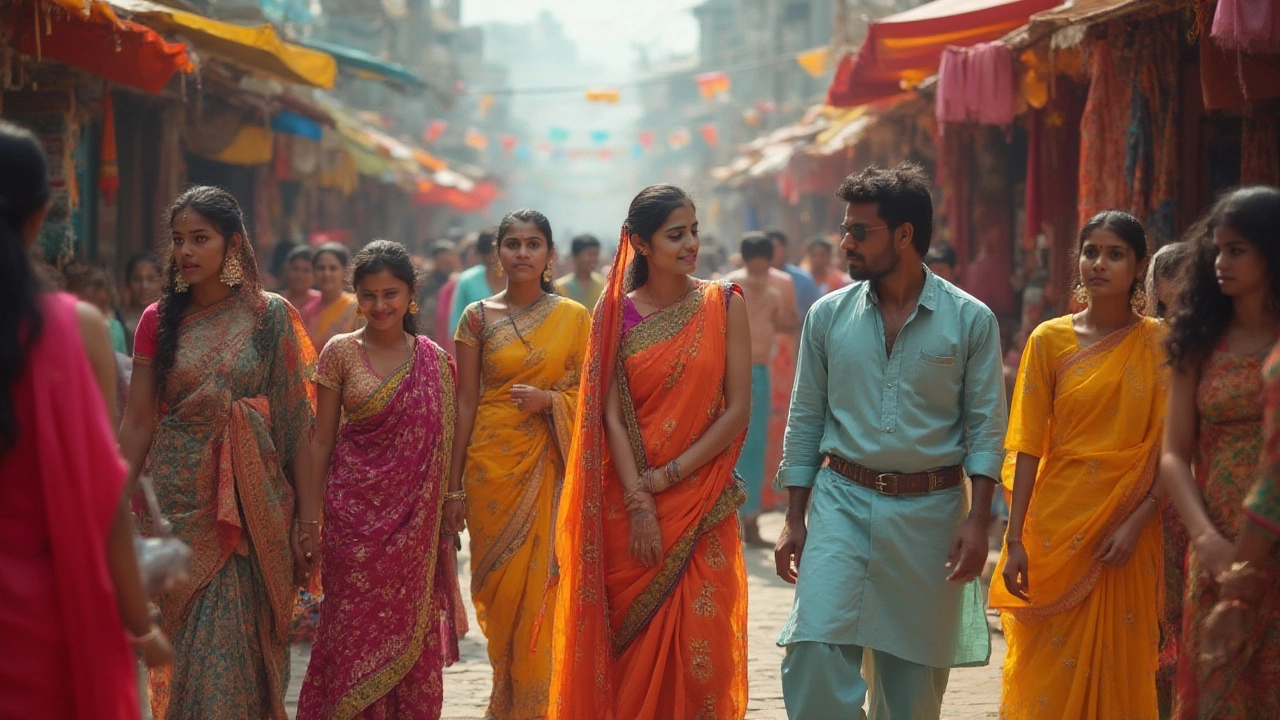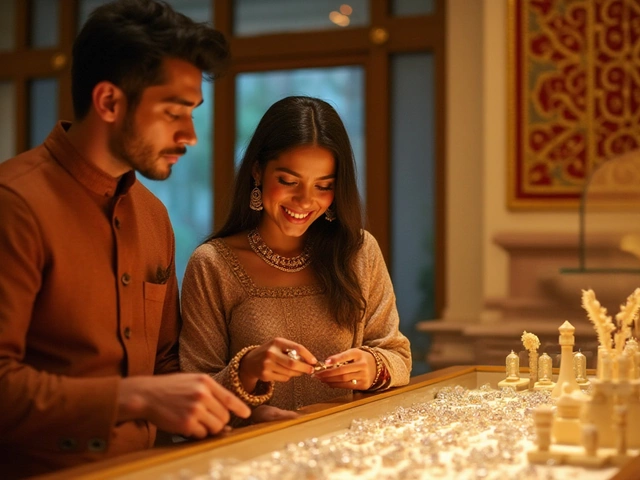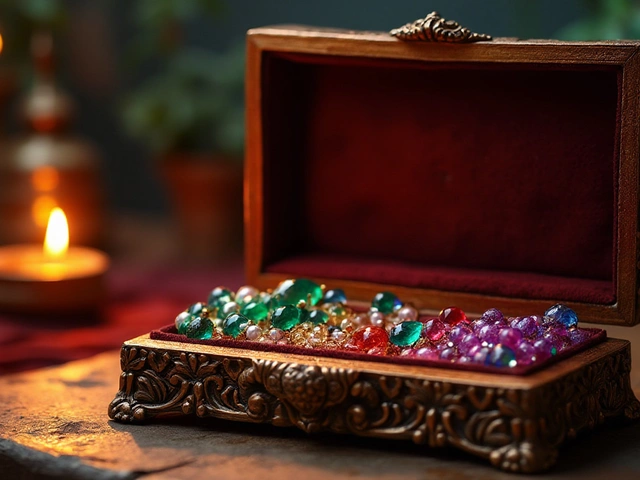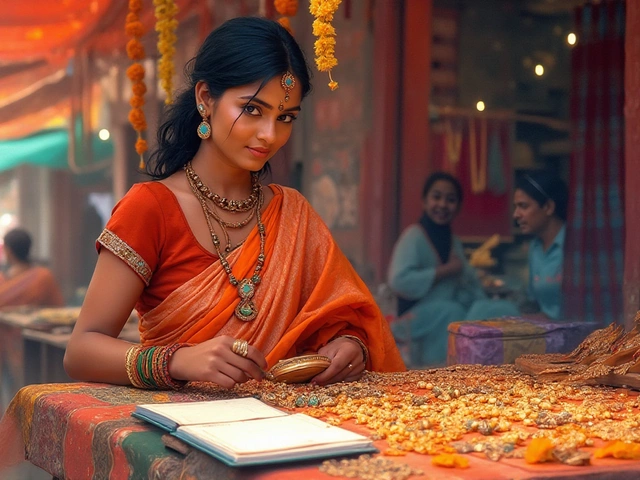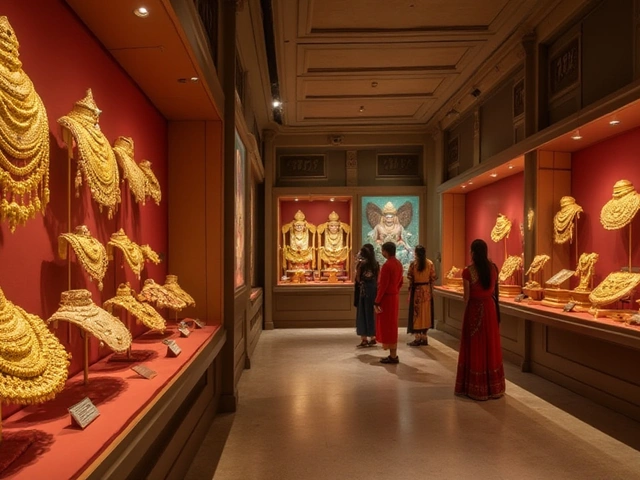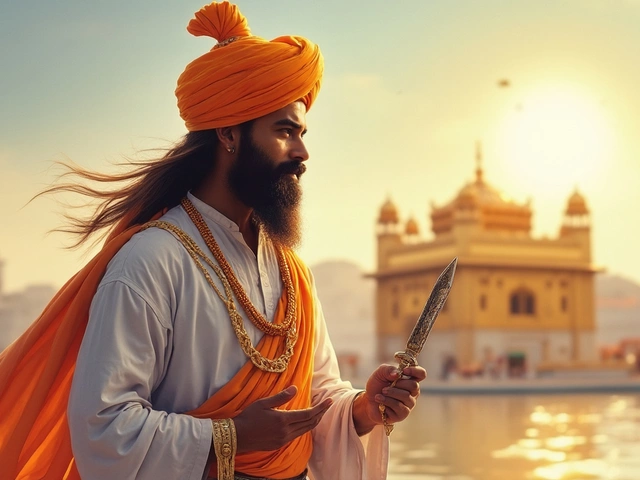Dresses in India – What to Wear, Where to Find, and How to Choose
India is a rainbow of dress styles. From a silk saree at a wedding to a cotton kurti for daily wear, the options can feel endless. The good news is you don’t need a fashion degree to pick the right piece. Below are the most common dress types, the fabrics that keep you comfy, and quick tips to shop like a pro.
Top Dress Types You’ll See All Over India
First, get familiar with the names. A saree is a long strip of cloth wrapped around the body and paired with a blouse. Lehenga includes a flared skirt, a fitted blouse, and a dupatta. For a more casual vibe, many women wear a salwar kameez – loose trousers with a tunic – or a kurti, a short tunic that pairs well with leggings.
Each style has a purpose. Weddings and festivals usually call for silk, brocade, or chiffon with heavy embroidery. Office days and weekend outings are perfect for cotton, linen, or georgette, which breathe better in hot weather.
Choosing the Right Fabric for Your Climate
India’s weather ranges from humid coasts to chilly hills, so fabric matters. In the summer heat of Delhi or Mumbai, go for cotton, bamboo, or lightweight linen. They wick sweat and stay cool. If you’re in cooler places like Shimla or Kashmir, a heavier silk or wool blend works well.
Don’t forget the blend factor. A cotton‑silk mix gives the softness of cotton with a touch of shine, ideal for semi‑formal events. For monsoon season, avoid silk that can stain easily; instead, pick synthetic blends that dry fast.
When you touch the fabric, it should feel smooth, not rough. A quick test: pull the cloth; if it snaps back without stretching, it’s likely a natural fiber. Synthetic fabrics often feel slick and may cause static in dry weather.
Where to Shop – Online and Offline
Big cities have dedicated markets like Delhi’s Chandni Chowk or Chennai’s T. Nagar, where you can haggle and feel the cloth before buying. If you’re not near those spots, online stores such as our own RH Jewellers India now offer a curated dress collection with detailed size guides and return policies.
Look for sites that list material, stitching details, and care instructions. Reviews from other buyers are gold – they often mention color accuracy and fabric feel, which helps you avoid surprises.
Quick Buying Checklist
1. **Know the occasion** – formal, casual, or festive?
2. **Pick the right fabric** – cotton for hot days, silk for special events, blends for versatility.
3. **Check measurements** – compare your chest, waist, and hip numbers to the brand’s size chart.
4. **Inspect the finish** – look for loose threads, uneven seams, or missing buttons.
5. **Read the return policy** – make sure you can send it back if it doesn’t fit.
Following these steps saves time and money. You’ll walk out with a dress that feels good, looks great, and fits right.
India’s dress scene is vibrant, but it doesn’t have to be confusing. Keep these basics in mind, and you’ll always pick the right outfit – whether you’re heading to a wedding, a work meeting, or a weekend brunch.
Traditional Dresses Worn Across India: Popular Ethnic Styles Explained
Discover which dresses are worn all over India, from sarees to kurta-pajamas. Get interesting facts, tips, and cultural insights about Indian traditional outfits.
